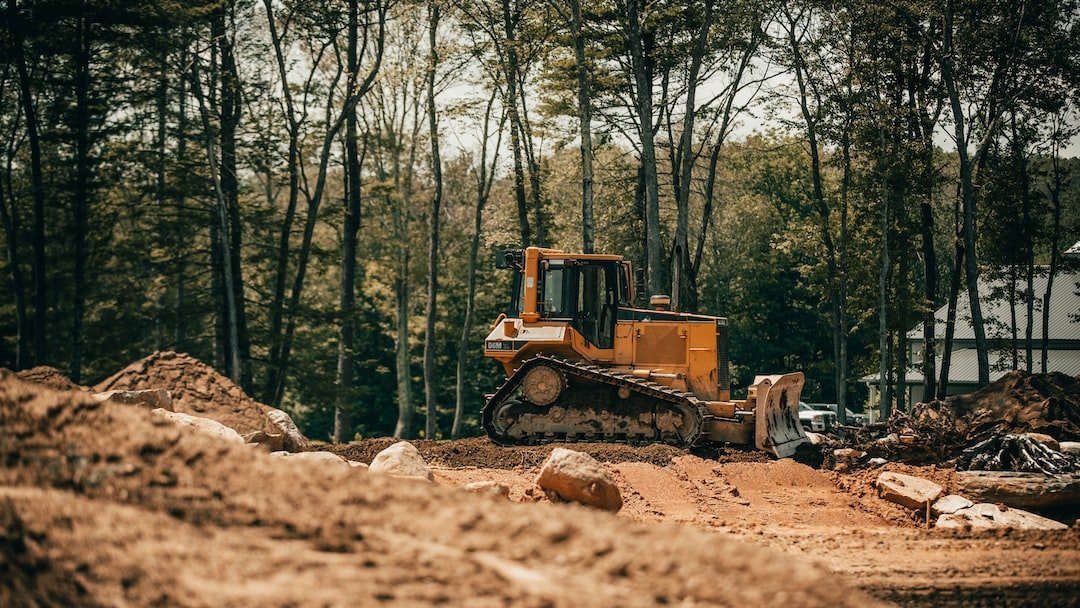The Future of Home: Top Innovations Shaping Residential Real Estate Development
Posted by Reed Jimenez on Sunday, April 14th, 2024 at 5:37pm.
In the dynamic landscape of real estate, innovation is the key driving force reshaping the way we live, build, and interact with our homes. From sustainable materials to cutting-edge technologies, the residential real estate sector is undergoing a revolution. In this blog, we'll explore some of the top innovations that are shaping residential real estate development, transforming the way we conceive, design, and inhabit our living spaces.
Sustainable Design and Construction
Sustainable design and construction practices encompass a wide range of strategies aimed at reducing the environmental footprint of residential buildings. This includes the use of renewable materials such as bamboo and reclaimed wood, as well as energy-efficient systems like geothermal heating and cooling. Builders are also implementing passive design techniques to optimize natural light and ventilation, reducing the need for artificial heating and cooling. Additionally, green building certifications such as LEED (Leadership in Energy and Environmental Design) and ENERGY STAR are becoming increasingly prevalent, signaling a commitment to sustainability and environmental stewardship in residential real estate development.
Smart Home Technology
The integration of smart home technology into residential properties is revolutionizing the way we interact with our homes daily. From voice-activated assistants like Amazon Alexa and Google Assistant to smart thermostats such as Nest, homeowners have unprecedented control over their living environments. Smart security systems with cameras and motion sensors provide peace of mind, while automated lighting and blinds enhance energy efficiency and convenience. As the Internet of Things continues to expand, the interconnectedness of smart devices will only deepen, offering new possibilities for energy management, home automation, and personalized experiences tailored to individual preferences.
Modular and Prefabricated Construction
Modular and prefabricated construction methods offer numerous advantages over traditional building techniques, including faster construction times, reduced material waste, and improved quality control. Modular homes are constructed in modules or sections off-site and then transported to the building site for assembly, allowing for greater efficiency and cost savings. Prefabricated components such as wall panels and floor systems are manufactured in a factory setting, ensuring consistency and precision in construction. These methods not only streamline the building process but also offer greater flexibility in design, enabling developers to create unique and customizable living spaces that meet the diverse needs of homeowners.
Virtual Reality and Augmented Reality
Virtual reality and augmented reality technologies are transforming the way we design, market, and experience residential real estate. Virtual reality enables prospective buyers to take immersive virtual tours of properties, allowing them to visualize layouts and configurations before making a purchase decision. Augmented reality overlays digital information onto the physical world, allowing users to see how furniture and decor would look in their prospective homes in real-time. Architects and designers leverage VR and AR tools to create realistic renderings and simulations, enabling clients to better understand design concepts and make informed choices. These technologies not only enhance the home-buying experience but also facilitate collaboration and communication among stakeholders throughout the design and construction process.
Co-living and Shared Spaces
Co-living developments are reimagining the concept of community and shared living in urban environments. These developments typically feature a mix of private living spaces and shared amenities such as communal kitchens, coworking spaces, and recreational areas. By sharing resources and living expenses, residents can enjoy more affordable housing options while fostering social connections and collaboration with their neighbors. Co-living developments cater to diverse demographics, including young professionals, digital nomads, and retirees, offering flexible lease terms and lifestyle amenities tailored to the needs of modern urban dwellers. As urbanization continues to rise and housing affordability becomes a growing concern, co-living developments are poised to play a significant role in shaping the future of residential real estate, promoting sustainability, inclusivity, and community engagement.
In conclusion, the future of residential real estate development is characterized by innovation, sustainability, and adaptability. From sustainable design practices and smart home technology to modular construction and communal living concepts, the industry is undergoing a transformative evolution driven by advancements in technology, changing demographics, and evolving consumer preferences. As we embrace these innovations, we are not only shaping the way we build and inhabit our homes but also creating more sustainable, connected, and inclusive communities for generations to come.


